Versión de The Jazz Messengers
The Jazz Messengers: Wayne Shorter (saxo tenor), Freddie Hubbard (trompeta), Curtis Fuller (trombón), Cedar Walton (piano), Reggie Workman (contrabajo) y Art Blakey (batería). Extraído del álbum Ugetsu (1963).
Benny Goodman y Artie Shaw, los grandes rivales de la era del swing, grabaron esta canción con unos pocos días de diferencia en 1939. La versión de Goodman fue un éxito de ventas y Jimmy Dorsey también hizo su propia versión con el cantante Bob Eberly. Después el tema fue olvidado hasta que el pianista George Shearing la volvió a grabar en 1949 con su popular quinteto y el saxofonista alto y padre del bebop Charlie Parker la incluyó en su repertorio con su conjunto de cuerdas a principios de los años cincuenta, lo cual animó a otros músicos de jazz a interpretarla. Sin embargo, fue la decisión de Hollywood de incluirla en la película musical de 1957 Pal Joey, donde la cantaba Frank Sinatra con una construcción melódica inusual, lo que aseguró su popularidad entre el público en general.
Benny Goodman and Artie Shaw, the great rivals of the swing era, recorded this song a few days apart in 1939. Goodman’s version was a best seller and Jimmy Dorsey also did his own version with singer Bob Eberly. Then the tune was forgotten until pianist George Shearing recorded it again in 1949 with his popular quintet and alto saxophone and father of bebop Charlie Parker included it in his repertoire with his string ensemble in the early 1950s, which encouraged other jazz musicians to perform it. However, it was Hollywood’s decision to include it in the 1957 musical film Pal Joey, where it was sung by Frank Sinatra with an unusual melodic construction, that ensured its popularity with the general public.
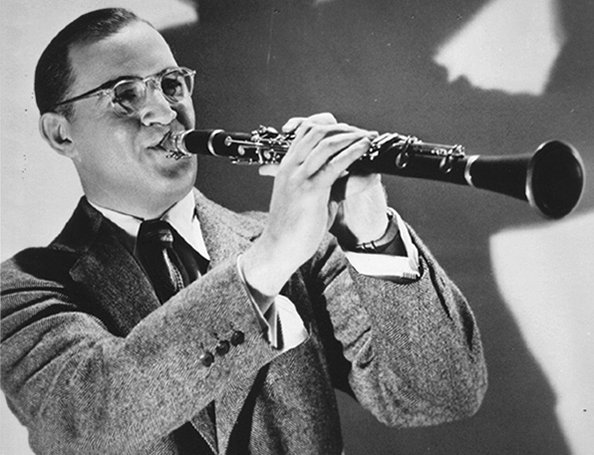
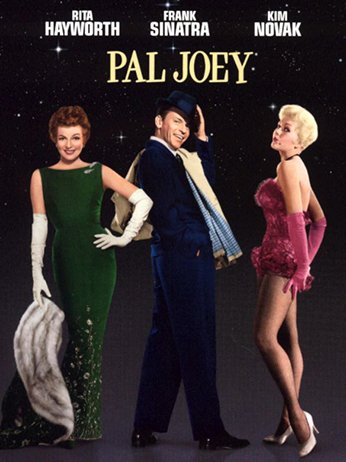
También la han versionado la cantante Peggy Lee en Black Coffee (1953); el saxofonista tenor Stan Getz con el saxofonista barítono Gerry Mulligan en Getz Meets Mulligan (1957), que se encuentra a continuación; la cantante Betty Carter en Betty Carter at the Village Vanguard (1970), que la descompone hasta convertirla casi en un tema avant-garde; la cantante Cassandra Wilson en Blue Skies (1988); el grupo Sphere en Bird Songs (1988) con una melodía con mucho ritmo; el pianista Chick Corea en Expressions (1994); el también pianista Brad Mehldau a compás de 5/4 en The Art of the Trio, Vol. 1 (1996); y la cantante Cécile McLorin Salvant en Dreams and Daggers (2017).
It has also been covered by singer Peggy Lee on Black Coffee (1953); tenor saxophonist Stan Getz with baritone saxophonist Gerry Mulligan on Getz Meets Mulligan (1957), which can also be found below; singer Betty Carter on Betty Carter at the Village Vanguard (1970), who breaks it down to an almost avant-garde theme; singer Cassandra Wilson on Blue Skies (1988); the group Sphere on Bird Songs (1988) with a groove-heavy melody; pianist Chick Corea on Expressions (1994); pianist Brad Mehldau on 5/4 meter on The Art of the Trio, Vol. 1 (1996); and singer Cécile McLorin Salvant on Dreams and Daggers (2017).
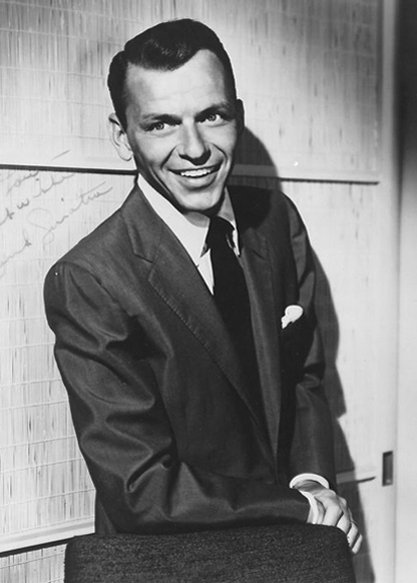
El tema comienza con una introducción en la que interviene primero Walton y luego Shorter, que además se encarga de tocarlo. Dice que cuando conoció a su amada ella sostuvo su mano, fue algo maravilloso y él no sabía qué día era. Al ver su cara y hablar con ella pensó «Soy todo tuyo» y no sabía qué año era. Él quería amor y allí estaba, brillando frente a él, y ahora ya sabía qué hora era. De repente todo el grupo despierta lleno de júbilo y vuelve a dejar a Shorter expresarse realizando un solo hasta la reexposición del tema.
The theme begins with an introduction featuring Walton first and then Shorter, who is also in charge of playing it. He says that when he met his beloved he held her hand, it was wonderful and he didn’t know what day it was. Seeing her face and talking to her he thought “I’m all yours” and he didn’t know what year it was. He wanted love and there she was, shining in front of him, and now he knew what time it was. Suddenly the whole group wakes up full of joy and let Shorter express himself again by performing a solo until the re-exposition of the theme.

Translated with the help of DeepL
℗ Riverside Records
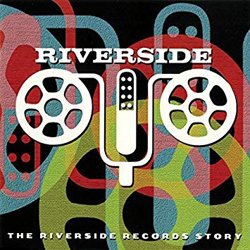

Versión de Stan Getz con Gerry Mulligan
Stan Getz (saxo tenor), Gerry Mullingan (saxo barítono), Lou Levy (piano), Ray Brown (contrabajo) y Stan Levey (batería). Extraído del álbum Getz Meets Mulligan (1957).
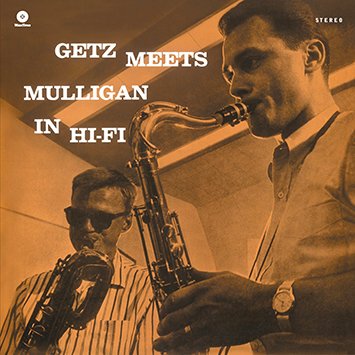
℗ Verve Records
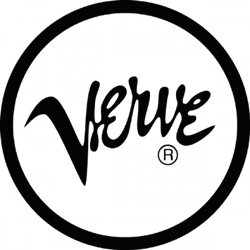

The sax is such a wonderful instrument just to hear it the sax will always be around